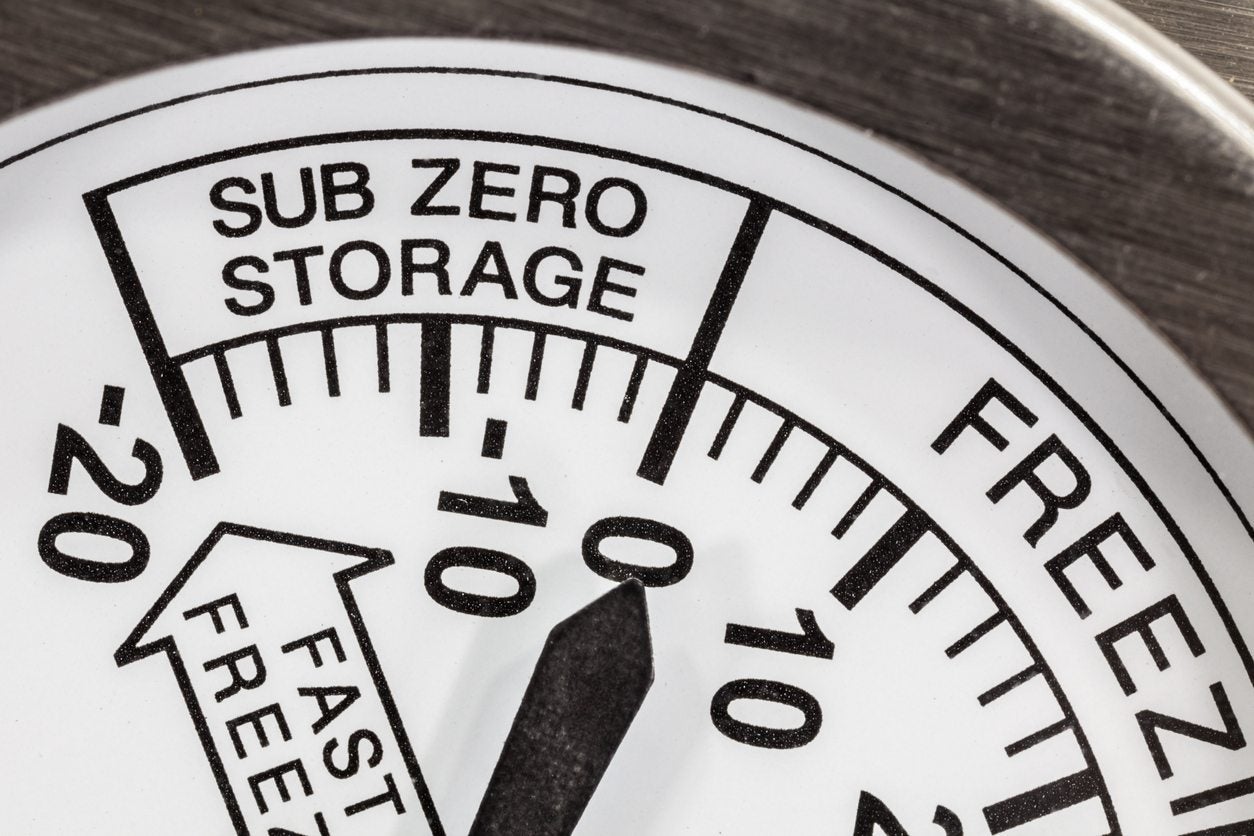Does Freezing Kill Seeds? – Information On Using Seeds That Are Frozen


If you have ever read the labels on seed packets, you've probably noticed their recommendations to store unused seeds in a cool, dry place. These instructions are a little vague. While your garage, garden shed or basement may stay cool, they can also be humid and damp during certain times of the year. You may wonder how cool is too cool, and whether freezing kills seeds. Continue reading to learn more about storing seeds in the freezer and properly using seeds that are frozen.
Does Freezing Kill Seeds?
Seed banks store rare, exotic and heirloom seeds in refrigeration units or cryogenic chambers to ensure the survival and future of specific plant varieties. As a home gardener, you probably don’t have a cryogenic chamber in your garden shed, and you also probably don't need to store thousands of seeds for decades. That said, the kitchen refrigerator or freezer are sufficient for storing leftover seeds, as long as they are stored properly. Improper freezing can kill some seeds, but other seeds may be less fussy. In fact, many wildflower, tree and shrub seeds actually require a cold period, or stratification, before they will germinate. In cool climates, plants such as milkweed, Echinacea, ninebark, sycamore, etc. will drop seed in autumn, then lay dormant under snow through winter. In spring rising temperatures and moisture will trigger these seeds to sprout. Without the preceding cold, dormant period, though, seeds like these will not sprout. This period of stratification can easily be simulated in a freezer.
Using Seeds that are Frozen
The key to success when freezing seeds is storing dry seeds in an airtight container and keeping consistent cool temperatures. Seeds should be thoroughly dried before being frozen, as the freezing process can cause moist seeds to crack or split. The dry seeds should then be placed in an airtight container to prevent them from absorbing any humidity and taking on any damaging moisture. Seeds stored in a refrigerator should be placed near the back of the fridge where they will be less exposed to temperature fluctuations from opening and closing the door. Storing seeds in the freezer will provide seeds with more consistent temperatures than refrigerator storage. For every 1% increase in humidity, a seed can lose half its storage life. Likewise, every 10-degree F. (-12 C.) increase in temperature can also cost seeds half their storage life. Whether you are storing seeds for just a few weeks for succession plantings or to use a year or two from now, there are some steps you must take when using seeds that are frozen.
- First, make sure seeds are clean and dry before freezing. Silica gel can help thoroughly dry seeds.
- When placing seeds in an airtight container for cold storage, you should label and date the container to avoid confusion when it's time to plant. It's also a good idea to start a seed journal so you can learn from your own successes or failures.
- Lastly, when it is time to plant, take seeds out of the freezer and allow them to thaw at room temperature for at least 24 hours before planting them.
Sign up for the Gardening Know How newsletter today and receive a free copy of our e-book "How to Grow Delicious Tomatoes".

Darcy is a former contributor to Gardening Know How. She is a professional landscape designer and gardening writer with experience in plant sales. An avid gardener, Darcy has a passion for sharing practical tips to help others grow.